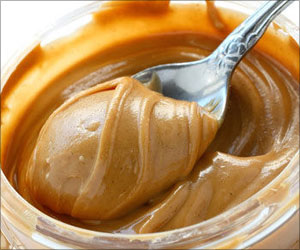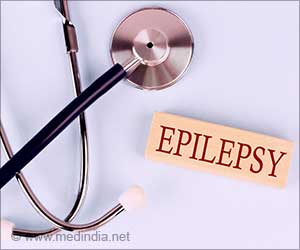Childhood obesity is directly correlated with extended periods of sedentary behavior from childhood to adolescence.

Effects of Accelerometer-based Sedentary Time and Physical Activity on DEXA-measured Fat Mass in 6059 Children
Go to source). The study is the largest and longest follow-up to objectively measure physical activity and fat mass, using the University of Bristol’s Children of the 90s data (also known as the Avon Longitudinal Study of Parents and Children).
‘Prolonged periods of sedentary behavior from childhood to adolescence are directly associated with childhood obesity, yet recent research suggests that engaging in light physical activity may effectively counteract this negative trend.
#sedentarytime, #childhoodobesity, #adolescence, #physicalactivity
’





The study included 6,059 children (53 percent female) aged 11 years who were followed up until 24. Recent reports concluded that more than 80 percent of adolescents across the globe do not meet the World Health Organization’s (WHO) recommended average of 60 minutes a day of moderate-to-vigorous physical activity.
It is estimated that physical inactivity will have caused 500 million new cases of heart disease, obesity, diabetes, or other noncommunicable diseases by 2030, costing £21-million annually.
This alarming forecast regarding the morbid danger of physical inactivity necessitates urgent research on the most effective preventive approach.
Yet results from this new study show that moderate-to-vigorous physical activity is up to ten times less effective than light physical activity in decreasing overall gain in fat mass.
Advertisement
During the study, a waist-worn accelerometer measured sedentary time, light physical activity, and moderate-to-vigorous physical activity among participants at ages 11, 15, and 24 years.
Advertisement
Reversing Childhood Obesity Trends
In addition, blood pressure, heart rate, smoking status, socio-economic status, and family history of cardiovascular disease were measured and controlled for in the analyses.During the 13-year follow-up, sedentary time increased from approximately six hours a day in childhood to nine hours a day in young adulthood.
Light physical activity decreased from six hours a day to three hours a day, while moderate-to-vigorous physical activity was relatively stable at around 50 minutes a day from childhood through young adulthood.
It was observed that each minute spent sedentary was associated with a 1.3-gram increase in total body fat mass. Both male and female children gained an average of 10kg of fat mass during growth from childhood until young adulthood.
However, sedentary time potentially contributed 700 grams to 1kg of fat mass (approximately seven to ten percent) of the total fat mass gained during growth from childhood until young adulthood.
A 1kg increase in fat has been linked to a 60-percent higher risk of premature death in a person’s early 50s.
Each minute spent in light physical activity during growth from childhood through young adulthood was associated with a 3.6-gram reduction in total body fat mass.
This implies that cumulative light physical activity decreased total body fat mass by 950 grams to 1.5kg during growth from childhood to young adulthood, (approximately 9.5 to 15 percent decrease in overall gain in fat mass during the 13-year observation period).
Examples of light physical activity are long walks, house chores, slow dancing, slow swimming, and slow bicycling.
Unveiling the Antidote to Childhood Obesity
In contrast, time spent in moderate-to-vigorous physical activity - including meeting the 60 minutes a day recommended by the WHO - during growth from childhood through young adulthood was associated with a 70 to 170 grams (approximately 0.7 to 1.7 percent) reduction in total body fat mass.Before this study, it had not been possible to quantify the long-term contribution of sedentary time to fat mass obesity and the magnitude by which physical activity may reduce it.
This study confirmed the report from a recent meta-analysis of 140 school-based randomized controlled trials across the globe that engaging in moderate-to-vigorous physical activity had minimal or no effect in reducing childhood BMI-obesity.
Dr Andrew Agbaje of the University of Exeter said: “Our study provides novel information that would be useful in updating future health guidelines and policy statements. Public health experts, health policymakers, health journalists and bloggers, pediatricians, and parents should encourage continued and sustained participation in light physical activity to prevent childhood obesity.”
Reference:
- Effects of Accelerometer-based Sedentary Time and Physical Activity on DEXA-measured Fat Mass in 6059 Children - (https://www.nature.com/articles/s41467-023-43316-w#:~:text=Persistently%20accruing%20%E2%89%A560%20min%2Fday%20of%20MVPA%20throughout%20the,reduction%20in%20total%20fat%20mass.)
Source-Eurekalert














